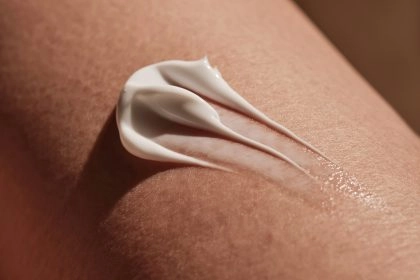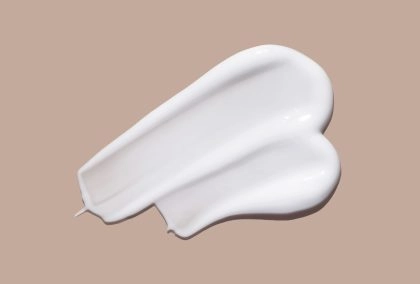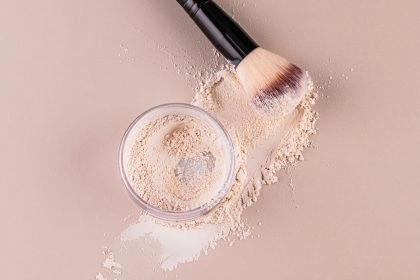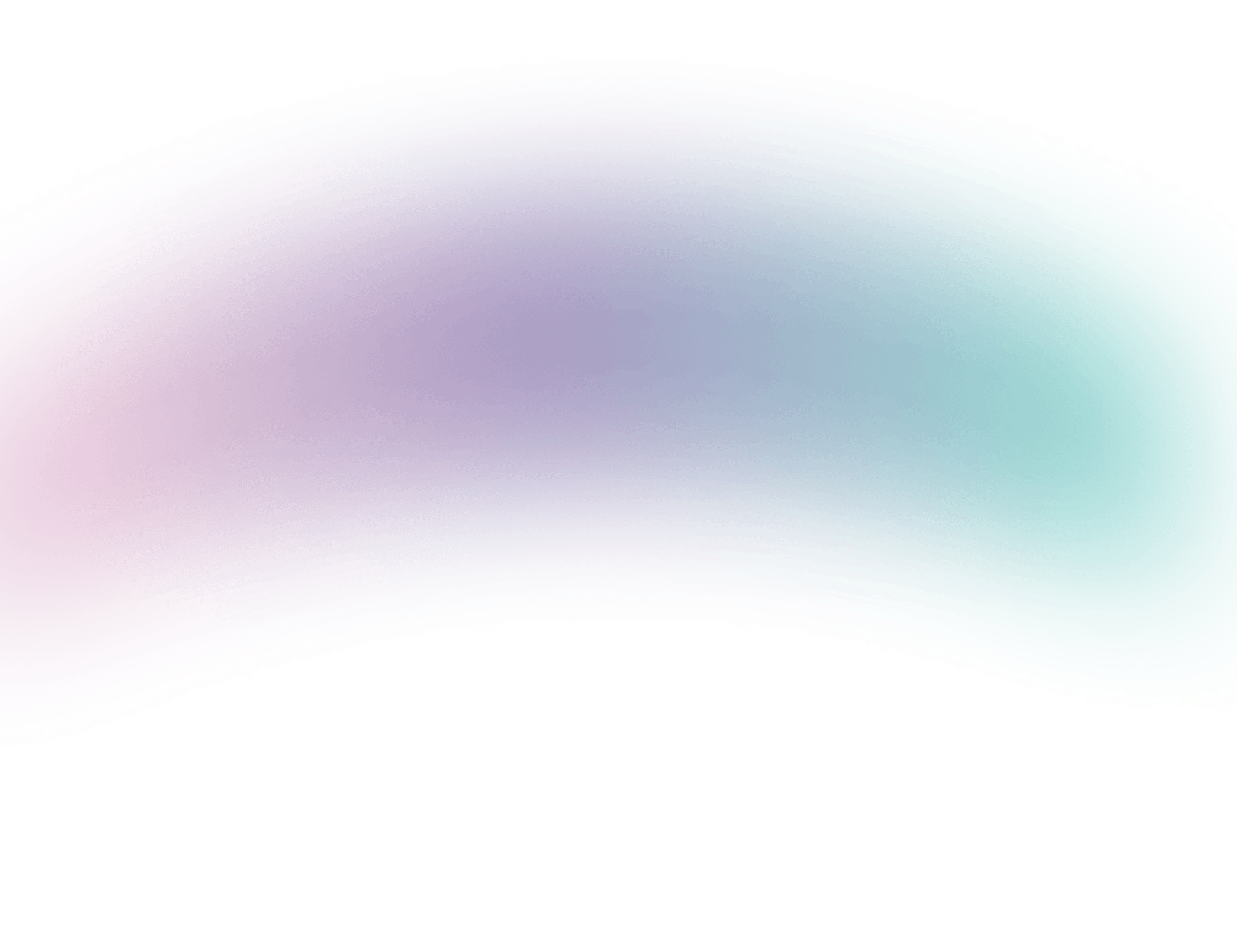What does QS mean in a cosmetic formula?
Abbreviations play an important role in cosmetic formulations. They provide concise but essential information for the development of skin care and beauty products. Among these abbreviations, one often stands out: “Q.S.”. Although usually associated with pharmaceutical products, the use of QS has crept into cosmetic formulations, raising questions about its meaning and use. So, what does qs mean? And how is it used in cosmetic formulations? A must read for formulators.
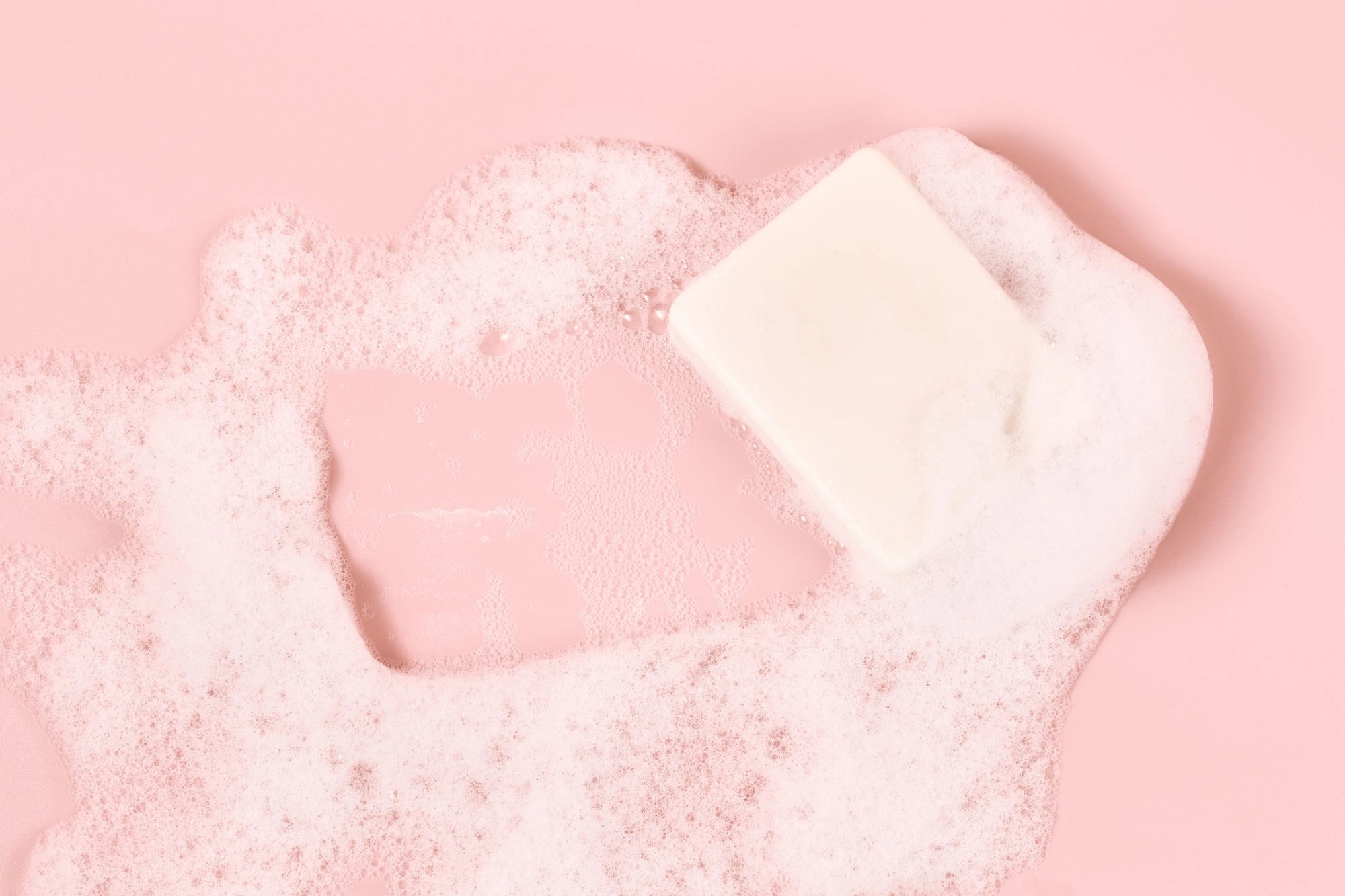
QS medical abbreviation
Origin and meaning of the abbreviation QS
The abbreviation “QS” has its roots in Latin, where it takes the form of “Quantum Satis”, which literally translates as “as much as is enough”. This expression reflects the notion of adequate quantity. In medicine, QS is often used as an indication of the exact dose of a drug which is necessary for proper administration. The importance of precision for clarity in medical measurements is emphasized by the use of this abbreviation.
QS meaning in cosmetics
The role of quantum satis in cosmetic ingredients
The abbreviation QS also plays an important role in the cosmetics industry, where precise proportions of ingredients are essential to guarantee the efficiency of a product. Frequently used in cosmetic formulations, “QS” indicates the amount of a particular ingredient that is needed in order to achieve the perfect balance in product. The translation is: add as much of this ingredient as necessary to achieve the desired result, but no more. For example, in moisturizers, QS can be used to adjust the amount of emollient to achieve the desired texture without compromising product efficacy. In a similar way, in a fragrance, the right amount of essence can be written with qs to determine to maintain the olfactory balance of the product. In short, QS is an essential tool for formulating cosmetic products. It guarantees the exact consistency of the ingredients in products, so that they meet consumer expectations and current regulations.
Concrete examples: importance and integration of quantum satis in a cosmetic formula
Example 1 : Dependency relationship
| Ingredient | Weight (%) | Weight (g) |
| Phase A | ||
| Water | up to 100 | up to 100 |
| Aloe Vera Extract (Liquid) | 20 | 20 |
| Glycerin | 3 | 3 |
| Phase B | ||
| Preservative (water soluble) | q.s. | q.s. |
| Phase C | ||
| pH regulator | q.s. | q.s. |
| 100 | 100 | |
In this cosmetic formula, both the preservative and the pH adjuvant are indicated as “q.s.”. For the preservative, “q.s.” simply means “add the quantity recommended by the supplier according to the preservative you are using“. This statement implies that the quantity to be used depends on the specific preservative chosen, in compliance with its maximum authorized concentration threshold in accordance with the regulations and appendices in force.
Similarly, in the case of a pH adjuvant, the quantity required will vary according to the final pH required for your formulation and also according to the adjuvant you use (citric acid, caustic soda, etc.). Therefore, to indicate that the quantity must be adjusted according to the specific final pH you wish to obtain, it is essential to use “q.s.” in the formula.
Example 2: Determination of the QS-value
| Typical formula | ||
| PHASE | INGREDIENT | % USED |
| A | Deionized water | QS |
| A | Gelling powder | 0.50 |
| A | Humectant | 5.00 |
| B | Emulsifier | 4.00 |
| B | Stabilizing | 2.00 |
| B | Emollient | 14.00 |
| C | Conservative | QS |
In the example above, the amounts of preservative and water have been omitted. For the preservative, you must follow the manufacturer’s instructions – generally in the range of 2-4 %. Instead of the QS, enter the percentage you have chosen in the “Preservative” column. You will then be able to calculate the amount of water to be added in order to reach a total of 100 %; you should indicate this value in the “deionised water” column.
In some situations, it is essential to make additional adjustments. When it is not possible to determine the exact amount of an ingredient, it is necessary to make an estimate. Take a fragrance, for example, where determining the exact amount to achieve the desired odor can be a challenge at first, requiring numerous trials. The gradual adjustment of the concentrations, starting for example at 1.5 % and eventually reaching 0.2 % in the final product, highlights the crucial importance of the “qs” notation in the formulation process.
In summary, the use of q.s. provides essential flexibility in the adjustment of the quantity of an ingredient in accordance with results, preferences and regulatory requirements. This approach is fundamental to the formulation process. It enables the desired properties and compliance of the final product to be achieved.


